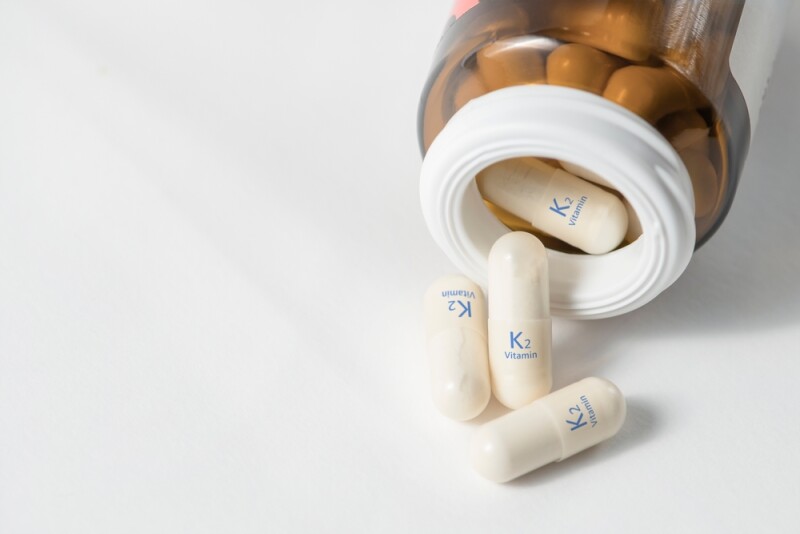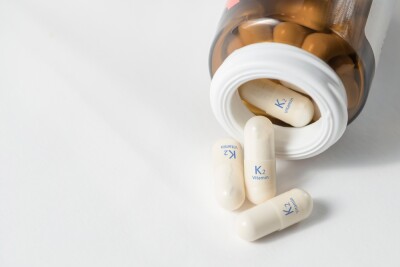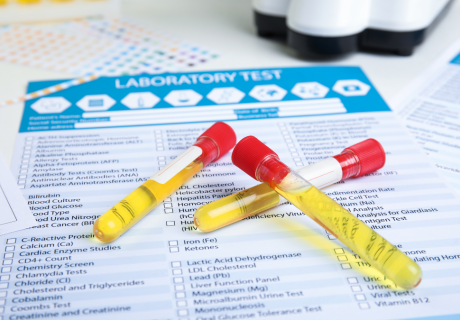Dopamine Treatment May Help Combat Alzheimer's Disease, Study Shows

Recent research may offer a new approach to combating Alzheimer’s disease. The study, published in the journal Science Signaling, reveals that dopamine treatment can alleviate physical symptoms in the brain and improve memory in mice with Alzheimer’s disease. Researchers say this discovery could pave the way for novel treatment methods if similar results are replicated in human trials.
According to the study’s authors, Alzheimer’s disease is characterized by the formation of hardened plaques around neurons, often beginning decades before symptoms like memory loss appear. These plaques are formed from beta-amyloid peptides that accumulate over time. For this study, researchers at the RIKEN Center for Brain Science (CBS) in Japan focused on the enzyme neprilysin, which can break down these harmful plaques. They based their study on previous research which demonstrated that genetic manipulation to increase neprilysin levels in the brain resulted in fewer beta-amyloid plaques and improved memory in mice.
While genetic manipulation is useful for experimental purposes, it is not feasible for treating humans. The authors explained that neprilysin cannot be administered as a pill or injection because it cannot cross the blood-brain barrier. Therefore, the first step in the new study involved screening various molecules to identify those that could naturally upregulate neprilysin in the brain. The researchers found that dopamine, a hormone produced by the hypothalamus, increased neprilysin levels and reduced beta-amyloid in cultured brain cells.
To test this in living organisms, the team used a DREADD system to insert designer receptors into dopamine-producing neurons in the mouse brain. By adding a matching designer drug to the mice’s food, they could activate these neurons, leading to increased neprilysin and reduced beta-amyloid levels in the brain. In mice engineered to develop beta-amyloid plaques, eight weeks of treatment resulted in significantly fewer plaques in the prefrontal cortex.
While the DREADD system offers precise manipulation of specific neurons, the researchers acknowledged that it is not suitable for human clinical settings. They then tested L-DOPA, a dopamine precursor commonly used to treat Parkinson’s disease because it can cross the blood-brain barrier and convert into dopamine. Treating Alzheimer’s model mice with L-DOPA increased neprilysin levels and decreased beta-amyloid plaques in both the frontal and posterior parts of the brain. The mice also showed improved memory function after three months of treatment.
Tests indicated that neprilysin levels naturally decrease with age in normal mice, particularly in the frontal brain regions, suggesting it could be a biomarker for preclinical or at-risk Alzheimer’s diagnoses.
“We have shown that L-DOPA treatment can help reduce harmful beta-amyloid plaques and improve memory function in a mouse model of Alzheimer’s disease,” explained Naoto Watamura, PhD, the study’s first author. “However, L-DOPA treatment has serious side effects in Parkinson’s patients. Our next step is to investigate the mechanism of dopamine’s regulation of neprilysin, which could lead to a new preventive approach for Alzheimer’s disease.”




















SHARE